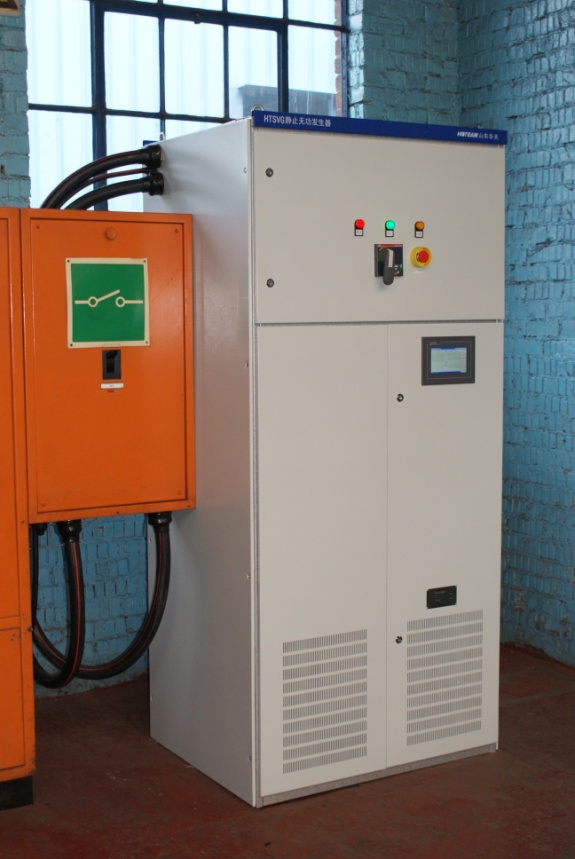Case Studies
With over 40 product choices, you have complete control over every kW of your business, power readings, powers saving, Eskom accreditation and more. In addition, our dynamic Energy Insight interface helps you keep track of all the data in real time. We worry about getting the data and advice to you, all you need to do is make the decision.
LV Statcom in the Manufacturing Sector
The manufacturing processes at the heavy-engineering VAE Plant in Isando, Gauteng, create an electrical demand profile from the local supply authority that is very dynamic in nature, with processes switching on and off throughout the day.
In a drive to reduce the annual electrical energy purchases from the local supply authority, the VAE plant in Isando, Gauteng, installed a 314kW Rooftop Solar PV Plant in 2014.
The dynamic nature of the load, as well as the injection of Unity Power Factor (PF=1) energy from the Rooftop PV, has rendered normal static switched-capacitor type of Power Factor Correction unfeasible, and therefore a STATCOM (Static Synchronous Compensator) was proposed. The case study describes the unique requirements, as well as the favourable outcome of the project.
Author: Johan Roos

Active Harmonic Filters at Ford Motor Company SA – Silverton Plant
Various unplanned plant shutdowns as a result of circuit breaker trips, equipment failures and malfunction of certain equipment occurred in the Ford Silverton Plant in recent times, some of which are believed to be a result of poor Power Quality on the electrical distribution networks feeding to the plant equipment. Power Quality (PQ) audits that were conducted since 2015 have indicated high levels of harmonic distortion on most of the transformers’ LV outputs in the three Substations that feed to the Bodyshop, Paintshop and Assembly Line.
The current harmonics that are caused by the non-linear loads, which include Robot Controllers, Welders, Variable Speed Drives on motors (pumps, compressors), UPSs, Fluorescent Lights, and other loads that have some kind of AC/DC rectifier on the input, cause distortion on the voltage waveforms on the LV output of the transformers. As transformers also have impedance, voltage distortion appears at the transformer’s secondary terminals when harmonic currents flow through it.
Distorted voltage waveforms on the transformer’s LV output is not ideal, since other sensitive equipment that may be supplied from the transformer’s LV output will receive the distorted voltage waveforms, which can have a detrimental impact on the performance and reliability of these equipment.
Common symptoms of problematic harmonic levels include overheating of motors, drives, cables, thermal tripping of protective devices and logic faults of digital devices, all of which can result in downtime.
In order to reduce voltage distortion on a transformer’s output, two factors can be modified: the transformer impedance can be reduced, or the level of harmonic currents through the transformer can be reduced. The former is neither practical nor economical to implement. Energy Insight proposed an engineering solution to reduce the high harmonic current levels through the transformers in the three Substations in order to reduce voltage distortion levels on the LV distribution networks.
Author: Johan Roos

